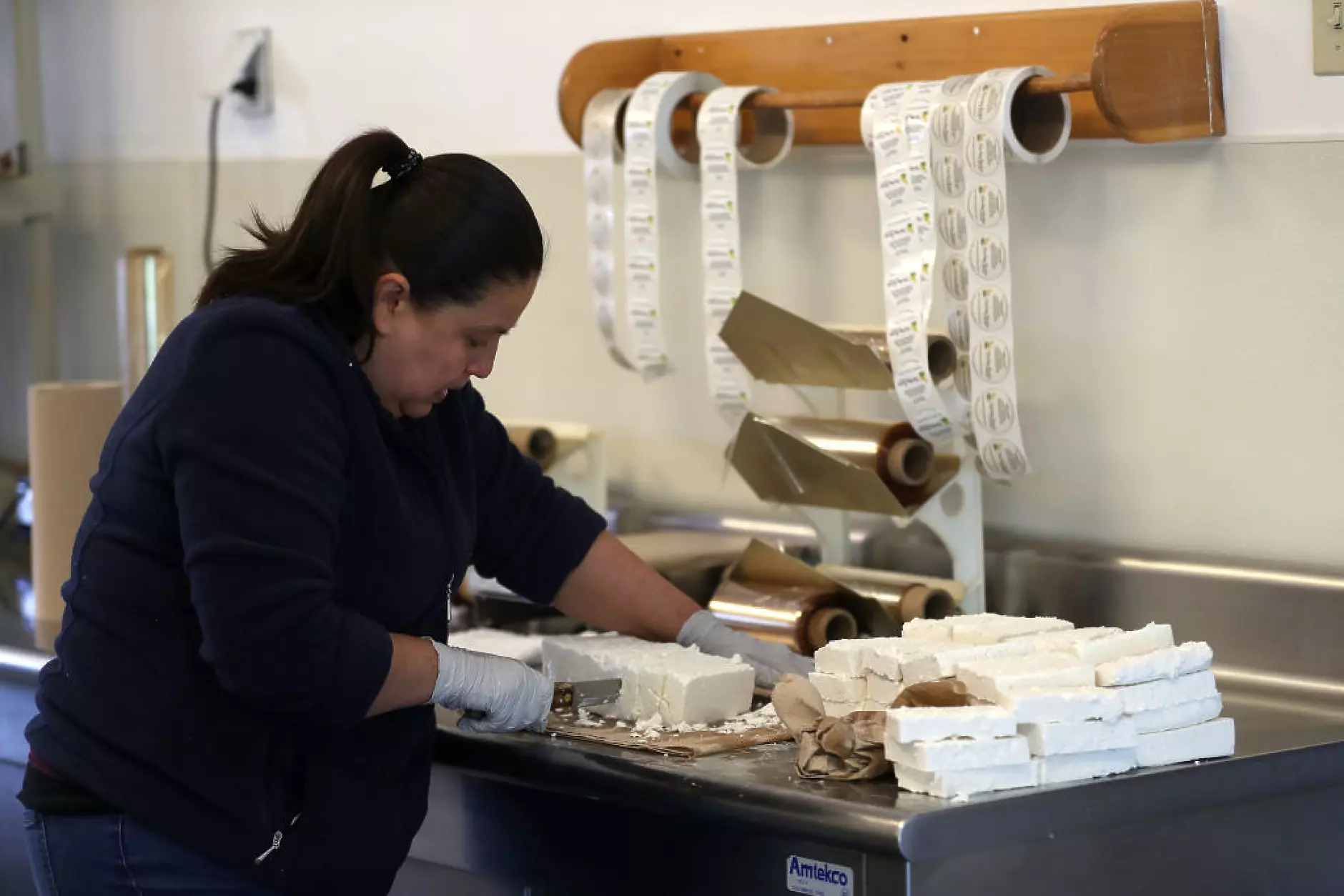Greek scientists have decoded the DNA of the famous Feta cheese, writes Greek Reporter. Scientists from the Biomedical Research Foundation of the Academy of Athens studied a wide variety of cheeses produced in the country in an attempt to quantify the nutritional characteristics of the popular Greek cheese.
The research of the scientists showed that the product contains 489 different types of protein, making it one of the most protein-rich varieties of cheese in the whole world.
According to EU legislation on the products’ “protected designation of origin”, Feta must be produced using exclusively whole sheep’s milk or a mixture of sheep’s and goat’s milk. Goat’s milk can never be more than thirty percent of the total amount.
Cheese making is an ancient practice in the Mediterranean with the production of goat or sheep milk cheese dating back to the 8th century BC. in Greece. One myth relates that Apollo’s son Aristaeus, raised by nymphs, taught mankind the art of making cheese from milk. The product is also mentioned in Homer’s Odyssey, where the cyclops Polyphemus is described as a shepherd who lives in a cave full of cheese and milk taken from his flock.
Feta is a crumbly, soft, white cheese with a sharp taste. It is created by placing the fermented milk mixture in wooden barrels. The curd mixture is very compact and must be cut to fit into the barrels. The translated name means “piece” and most likely derives from this practice.
photo: Shutterstock












